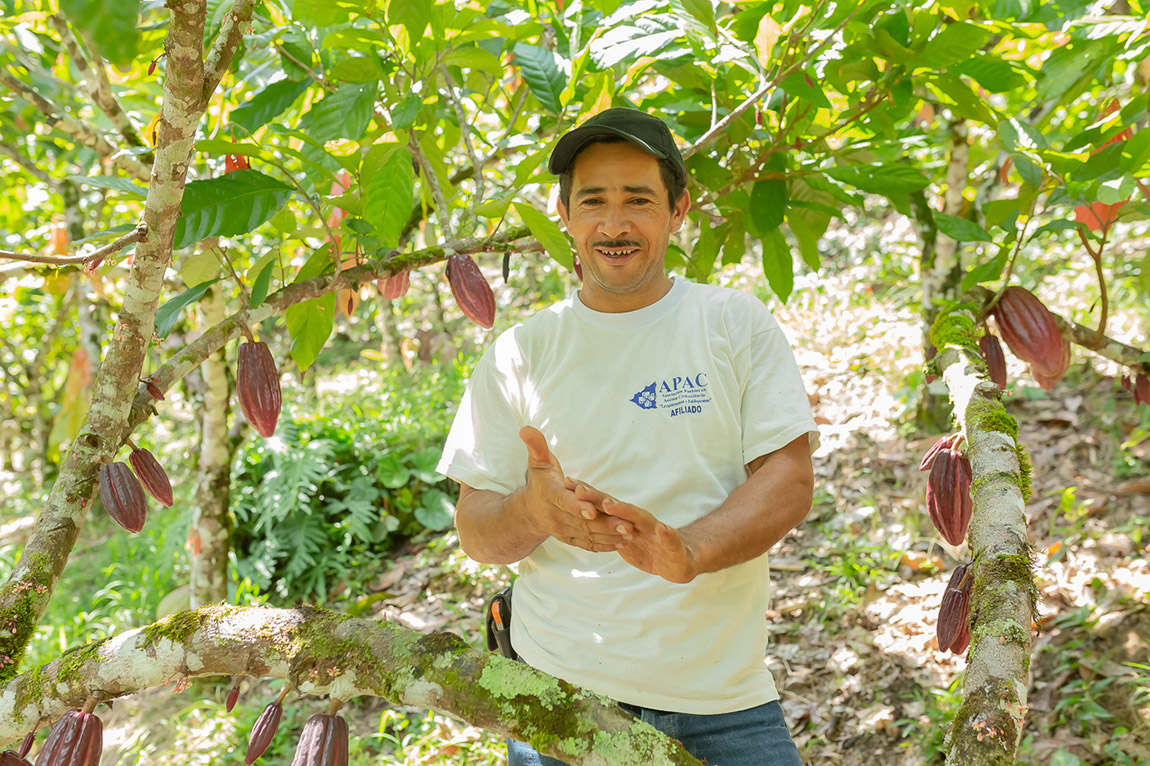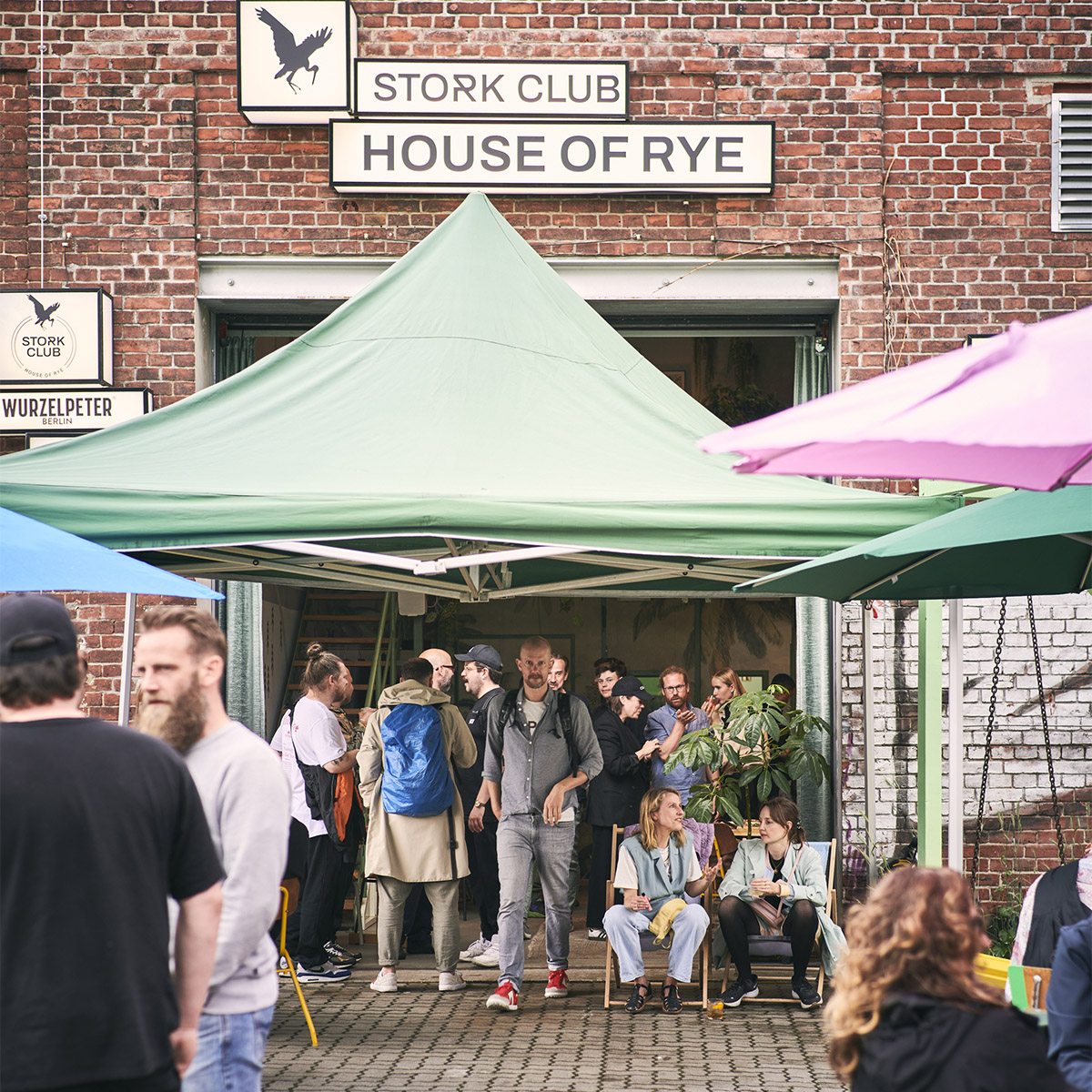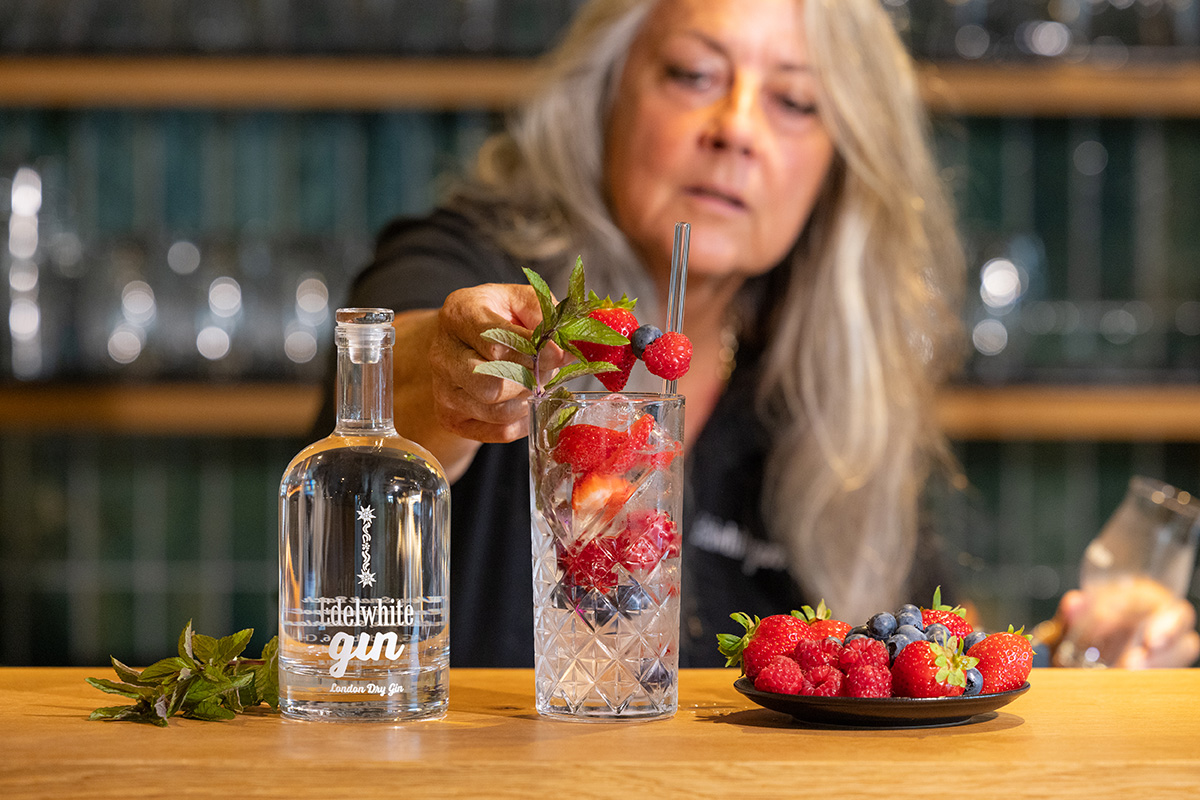Premium Swiss Chocolate

‘Bean to bar’: High-quality Swiss chocolate with an individual taste – out of one hand
TEXT: JESSICA HOLZHAUSEN | PHOTOS © TAUCHERLI
The Beantobar products by Taucherli, the premium swiss chocolate GmbH, are a true taste experience: The visionary founder Kay Keusen loves to demonstrate just how varied the taste of chocolate can actually be. The company is responsible for the whole production process – from the growing of the beans to the actual chocolate – thus ensuring an outstanding quality across the board.
“Chocolate, like wine, has very different taste characteristics,” says company founder Kay Keusen. Therefore, not the artful form nor the look are the most important factors, but rather, the original produce that is used. “We are a very small manufactory that works solely with fine cocoa. Many people do not know that most confectioners in Switzerland work with chocolate they have bought. We are true pioneers in Switzerland, because even though we are a small company, we produce the whole lifespan of the chocolate, from the bean to the chocolate bar,” says Kay Keusen, who appreciates great taste and, with his chocolate company, is fulfilling a lifelong dream. The premium swiss chocolate GmbH is part of a larger movement that has started to capture the attention of the whole world, known as ‘bean to bar’. Beantobar is also the name of a new Taucherli product line.
The movement has its origins in America and was the response of many small producers to a growing pressure from the chocolate industry. In Switzerland alone – a country famous for its chocolate – 99 per cent of the confectioners do not produce their own chocolate, but buy the raw ingredients instead. Producers and confectioners on the other hand, who follow the bean to bar movement, are involved in every step of the process: From growing the beans to roasting and processing them, and finally, to making the chocolate.
When the premium swiss chocolate GmbH started out three years ago, it did so in the same way as most of the other confectioners do: Buying the coverture, the raw chocolate of the highest Swiss industrial quality, instead of growing the beans themselves. This is something the company has now started to change step by step. “We soon decided on the Beantobar product line,” says Keusen. Kay Keusen had the idea of producing every element of the chocolate-making process during one of his travels, where he also met a now close friend, a Vietnamese cocoa farmer. For Keusen, bean to bar was a completely new challenge, but he wanted to show what chocolate was really capable of, in terms of quality and flavour. It took him two years to develop the chocolate and to save the money needed to create the necessary infrastructure in his small factory. “Compared to artisanal beer and coffee, far more machines are needed. But since the bean to bar movement has started, a few companies have specialised in building smaller machinery. This also meant we had to buy a new production line for 10 million Swiss Francs (around 7.7 million GBP).”
Today, the company works together with a cocoa plantation in Colombia: “We know that the farmers earn more than minimum wage and that they have health insurance and a retirement fund,” says Keusen, about an aspect that is very important to him. The Vietnamese farmer has found various Criollo trees, which – next to Forastero and Trinitario – produce the most exclusive beans. Everything here is grown organically. The second plantation is situated in the Mekong delta: The Vietnamese beans are grown after the same principles.
The bean, how it is grown and fermented, the roasting process and the conching, all influence how the end product tastes. “Every product we bring to the market has to be fair, has to have a high quality and, finally, a distinct style. We do not sell chocolate for people who simply eat a complete chocolate bar at once, but rather, to those who celebrate chocolate like wine,” explains Kay Keusen.
Of course, the Swiss chocolate industry famously knows how to make beautiful chocolate from standard chocolate beans – but often, reveals Keusen, with additives like vanilla or lecithin or palm oil. “Just imagine vanilla is poured into a good wine: Nothing will remain of the original tastes the vintner wanted to show us. It is the same with chocolate,” says Keusen. “This is why we use a quality that is eight times higher than the chocolate that Swiss confectioners normally use.” With bean to bar refraining from using any substitute, the beans can really influence how the chocolate will taste. That taste in turn demonstrates whether or not everything has been done right during the production process. “One cocoa bean can have up to 600 different tastes, and we want to take our customers on a true journey. For example, there are differences between various vintages or sites.”
One final source of pride for Taucherli, is just how transparent the production of the Beantobar line is. All of the important information is printed on the packaging, so that people can learn what truly makes the difference to the flavour sensations that they are experiencing as a result.
Subscribe to Our Newsletter
Receive our monthly newsletter by email




